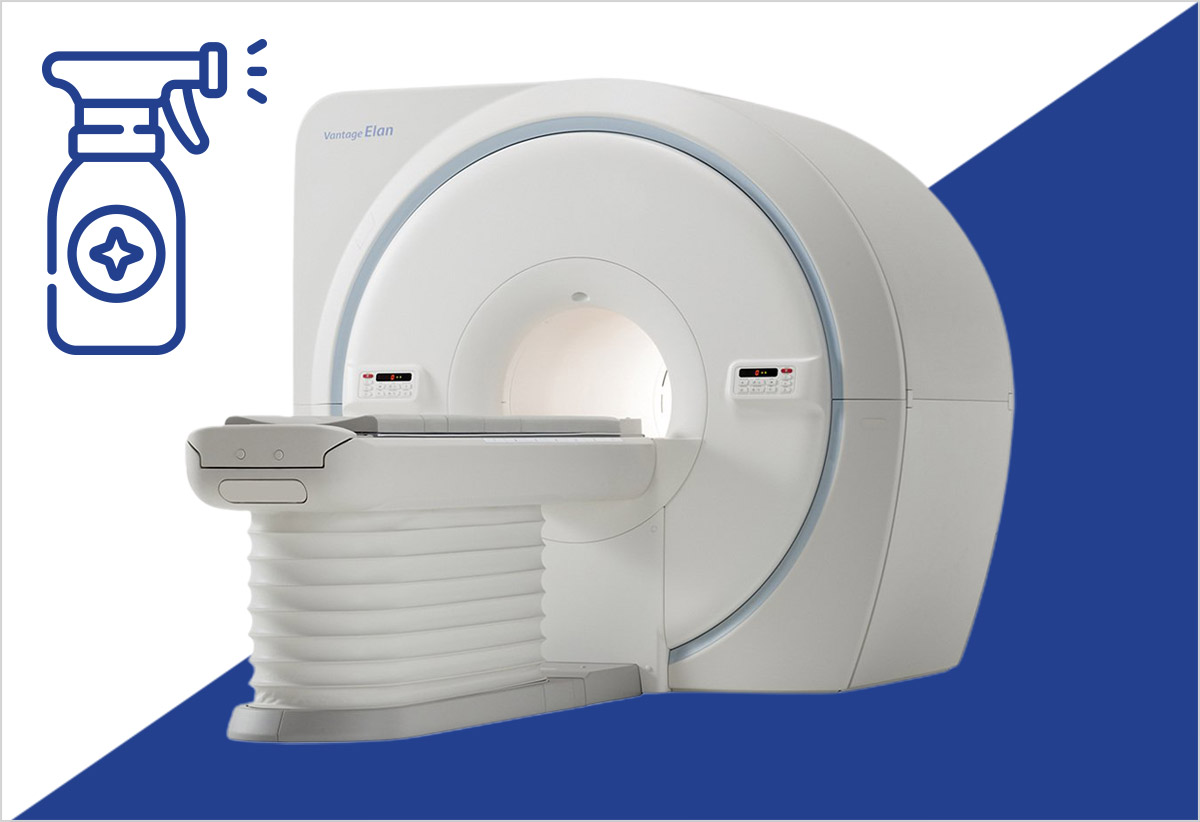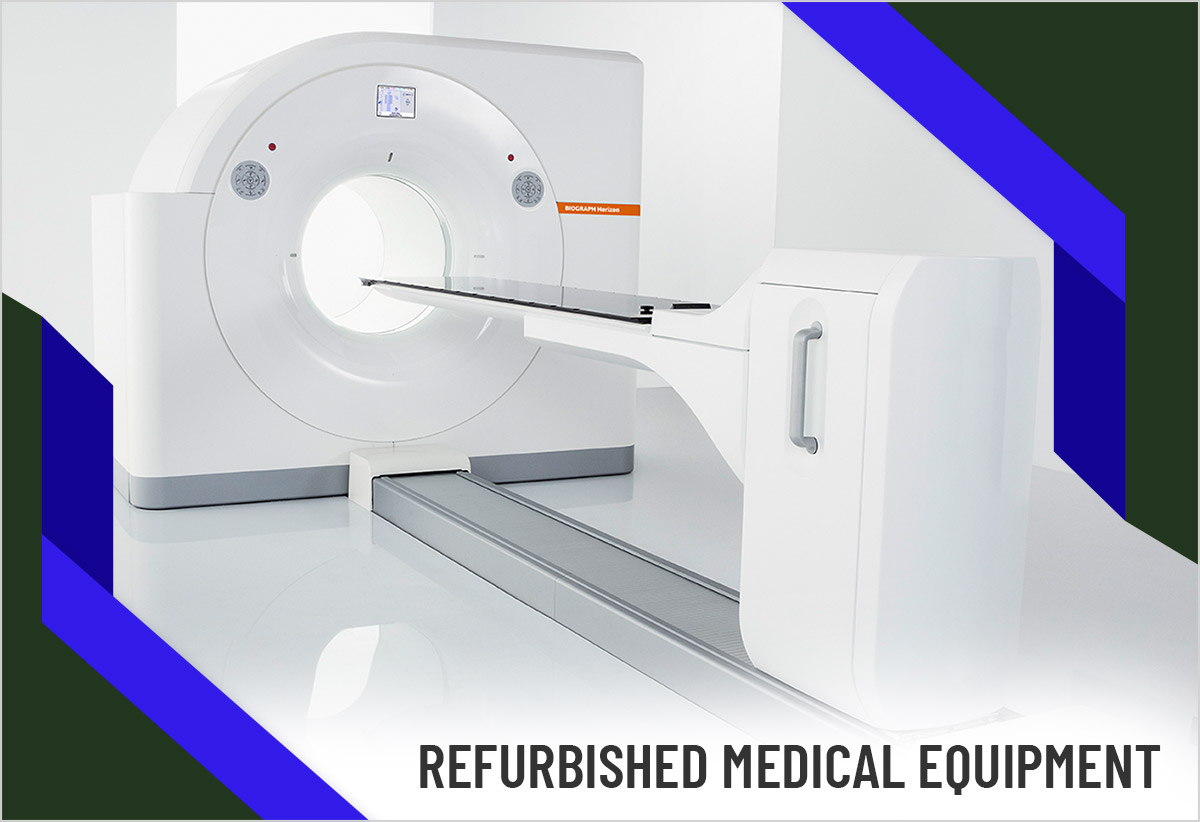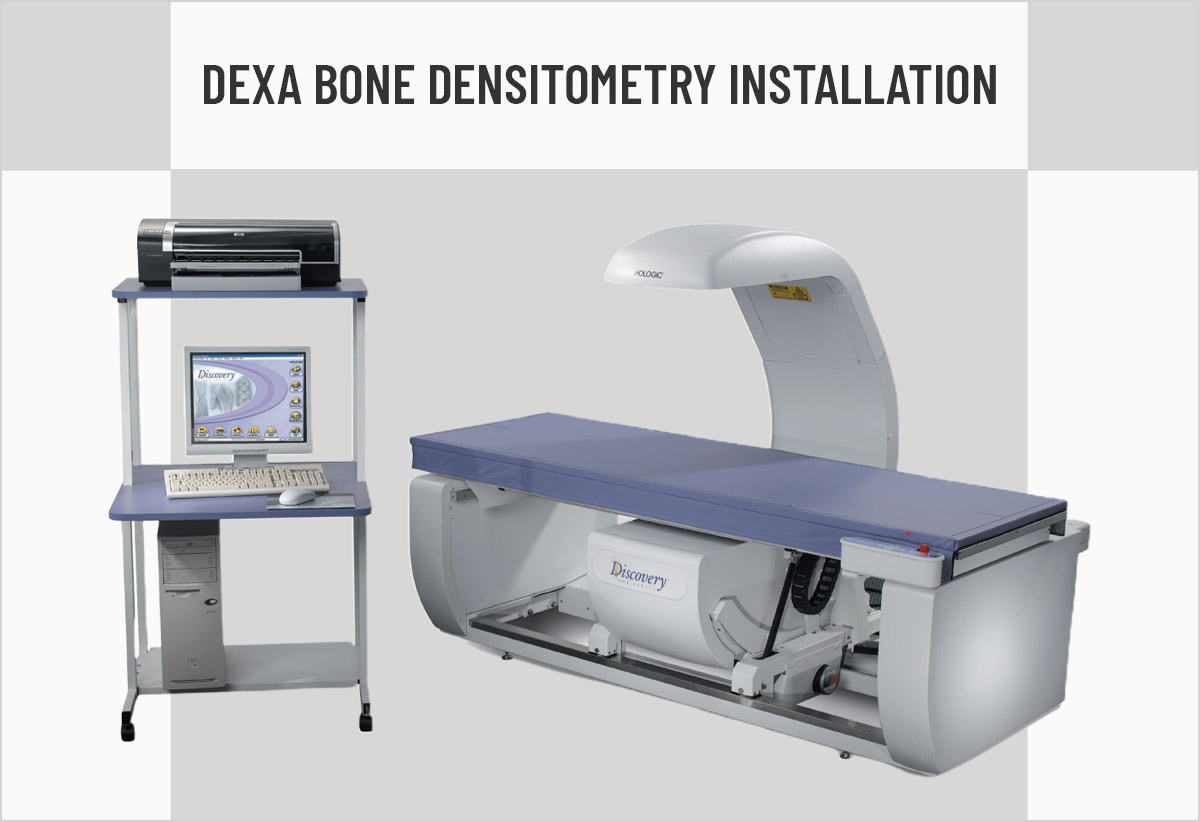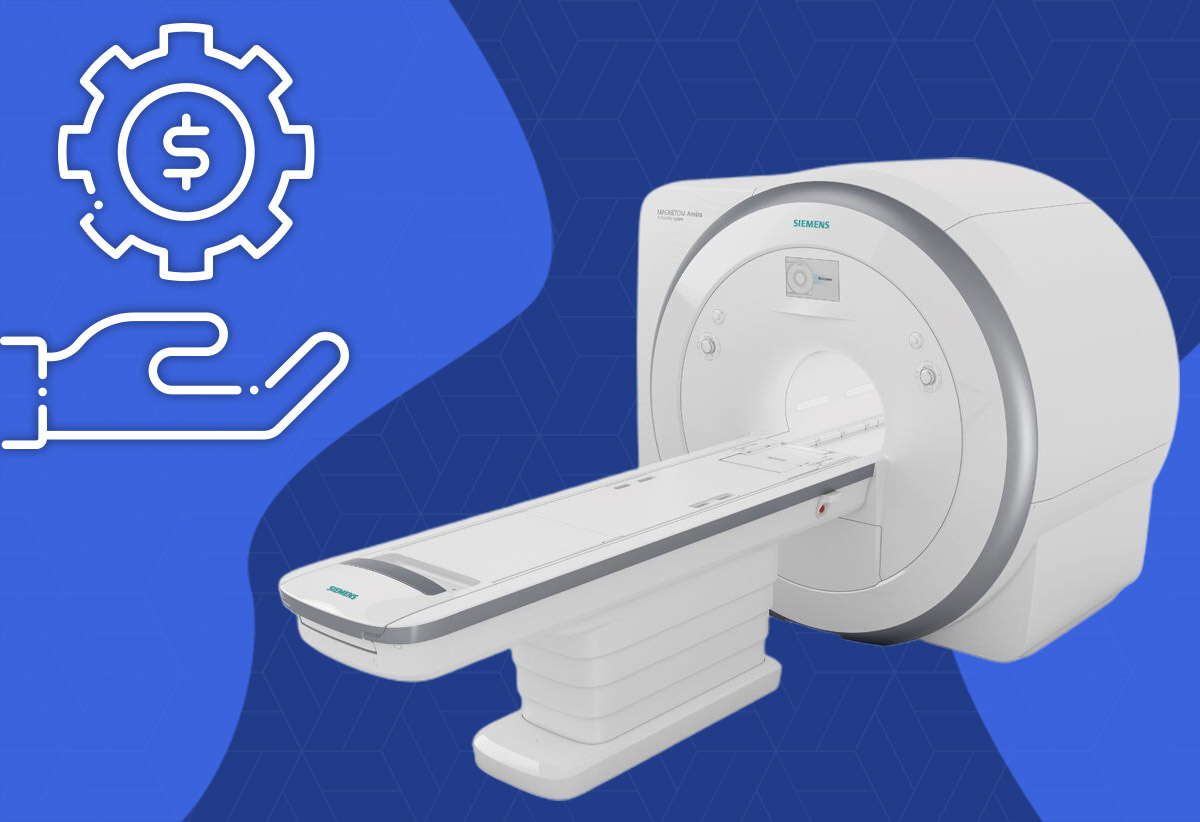How to disinfect Refurbished Medical Imaging Equipment during COVID-19?

The world has been gripped by Coronavirus and the COVID-19 pandemic continues to spread. The Healthcare sector is at the forefront owing to the current situation and is faced with many operational and clinical challenges. With the fast-spreading epidemic, the demand for disease diagnosis is increasing rapidly and Diagnostic Medical Imaging Equipment has become very important for diagnosis and deciding on the treatment thereafter since the COVID-19 outbreak. The valuable radiological support provided by the medical imaging equipment during such unprecedented times has resulted in significant revenue growth in the used and refurbished medical imaging equipment market.
However, one of the predominant challenges faced by medical officials across the world is to prevent disease spreading infection from clinical environments. New, pre-owned, or refurbished medical imaging equipment used to examine and scan patients can get contaminated and lead to further spread of the virus. The virus is known to stay active on metal surfaces, glass, or plastic surfaces for hours and up to nine days on a machine if the medical imaging equipment is not cleaned and disinfected thoroughly. According to a study, frequently touched surfaces may have a viral load that is potent, and the disinfection of all medical imaging equipment after scanning an infected patient is an essential and critical precautionary measure to be taken. As per radiographers in Spain, ‘Keeping the medical equipment clean has taken back the center stage’
There are 3 levels in which disinfection has been classified. These include low-level disinfection, intermediate-level disinfection, and high-level disinfection. Fortunately, Coronavirus has a lipid layer covering making it vulnerable to soap and regular disinfectants. Low to intermediate disinfection is sufficient for cleaning most of the refurbished, pre-owned or new medical imaging equipment.
Let’s go through a few ways of keeping refurbished or pre-owned medical imaging equipment safe and disinfected at your practice during COVID-19.
General Guidelines:
- To begin with, considering the ongoing viral spread, it is wise to designate separate Imaging equipment for all infected patients.
- Cover certain parts with disposable and impermeable materials to avoid the accumulation of viral load. In refurbished medical equipment such as ultrasound, the probe can be covered with a sleeve, plastic bags can be used to cover the shell in X-ray machines, the console of the imaging equipment, and so on.
- All the sanitizing and disinfecting procedures followed should comply with the guidelines and instructions laid down by the Infection control department
- Thorough cleaning of every refurbished medical equipment should be carried out after a suspected patient’s examination
- Even for non-COVID patients, certain frequently touched parts of the medical equipment should be disinfected.
- The American College of Radiology recommends maintaining at least 60 minutes of downtime between patient examinations after cleaning and disinfecting the medical equipment surfaces.
- The clinic staff should be well aware of the cleaning guidelines.
- The manufacturer’s instructions should be followed to prepare and handle disinfectants safely. Appropriate personal protective equipment (PPE) should be worn while handling disinfectants to avoid chemical exposure
Guidelines for Cleaning and Disinfecting refurbished medical equipment:
- Start with turning the medical equipment machine power OFF and removing the plug from the power outlet
- Clear the space around the equipment and remove all non-essential items like documents, any disposables, extra cables, and any other equipment accessory before starting the disinfection process. This will de-clutter the space, prevent cross-contamination and ease the process of cleaning
- Thereafter decontaminate the surfaces by intermediate-level disinfectants such as ethanol or isopropyl alcohol, bleach, or various commercial disinfectants using wipes or soft cloth for five minutes. Avoid using powerful cleansers or organic disinfectants as there is a risk of damaging the medical imaging equipment surface.
- Clean the surfaces thoroughly without leaving any liquid, stains, or residues
- Let the imaging equipment surfaces dry completely after cleaning and disinfecting. Do not allow the patients to come in contact with wet surfaces and completely refrain from using heat to dry any new or refurbished medical equipment.
- Allow downtime after disinfecting the surfaces and ventilate the room.
- Always check the refurbished medical imaging equipment for any damage before the next use.
Conclusion:
Follow the instructions given by the World Health Organization (WHO), Centers for Disease Control and Prevention (CDC), Infection Control Department, and the medical equipment manufacturers guidelines to ensure thorough cleaning and disinfection of the medical equipment surfaces, medical environment, and medical staff consistently and correctly. This will go a long way in ensuring the safety of your healthcare personnel, your medical equipment, and most importantly, the patients you treat.
Medical Imaging Equipment is very important for diagnosis during disease spread such as Coronavirus. We at KB Consulting can help you buy pre-owned or refurbished medical imaging equipment at such critical times. We have a wide variety of medical equipment from reputed OEMs such as Philips, GE, Siemens, Toshiba, and more on sale.
Explore our wide range of Pre-owned and Refurbished Medical Equipment.





